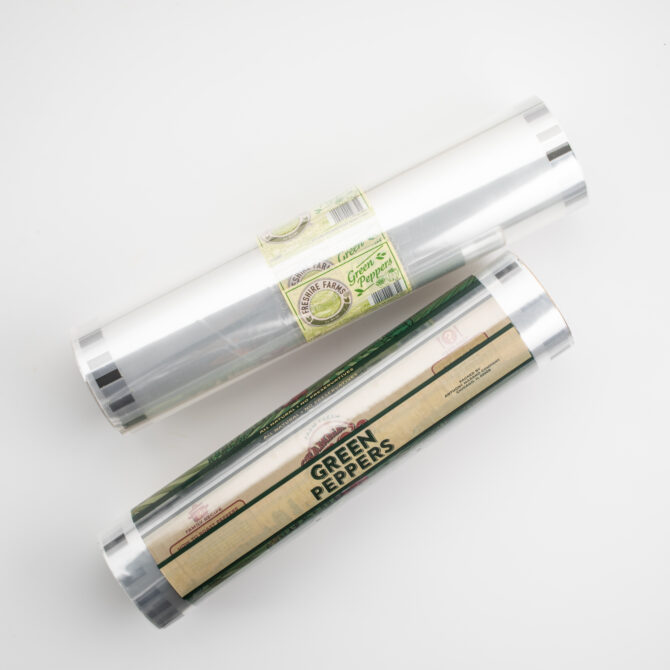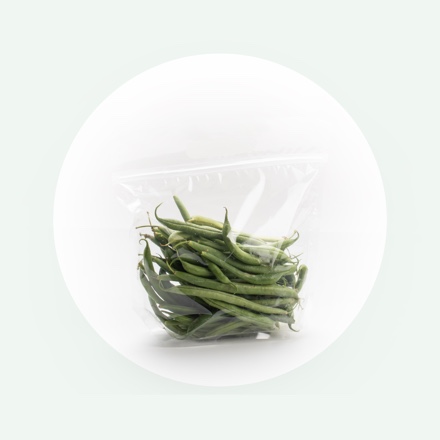Packaging – the unexpected hero for a sustainable food economy
Smart use of optimized packaging will make a huge impact on food waste and the environment.
Food waste in an economy of plenty is a modern tragedy. It happens on every level – from mass industrial production to spoilage during transport, to excess in the most well-meaning home kitchen.
In fact, the UK’s Waste & Resources Action Program estimates that more than half of the UK’s total food waste happens at the consumer end, costing each household around £470 ($660) annually. Nearly a quarter of residential food waste is related to packaging size or design – think of condiments sticking to the sides of containers, or fresh foods packaged in bulk that spoil before they can be consumed.
The role of food waste within the larger environmental problem is clear.
The land, water, and other resources used to support excess production add to greenhouse gas emissions and other damaging environmental impacts. Until the world figures out how to produce just the right amount of food, optimized packaging offers a powerful solution.
Used correctly, packaging can potentially save 280,000 tons of wasted food – a value of $882 million – by delaying spoilage, extending shelf life, and protecting food from physical damage and contamination. In supermarkets, for example, vegetables are often sold on a tray wrapped in cling film. Once opened and resealed, air is trapped inside, which can cause food to quickly spoil. Using perforated packaging instead can extend the shelf life of produce – in the case of tomatoes, by as much as three weeks. For those who worry about the environmental impact caused by the packaging itself, one study, from 2011, shows that the environmental benefit of avoided waste is usually 5 to 10 times higher than the environmental cost of the actual packaging.
The high-cost of biodegradable packaging.
In recent years, biodegradable packaging was hailed as the solution, though it generally costs much more than the traditional film used in flexible packaging (such as PET, BOPP, PE) so it hasn’t gained the necessary traction to truly effect change on a global scale.
The fact is, with its diverse array of forms and uses, optimized food packaging can be at least as impactful on the environment, if not more so, than the use of compostable or biodegradable products. For example, convenient grab-n-go packages for pre-made snacks and ready meals enable accurate portioning, for a more environmentally friendly takeaway option. At home, light, convenient, leak-proof, refrigerator-friendly packaging enables people to avoid food waste by turning leftovers into packed lunches for work and school the next day.
The bottom line is that biodegradable packaging will only accomplish so much – the true heavy lifting that can really change the food economy will come from optimized packaging that is affordable and accessible, but also convenient, flexible, and capable of actively extending the usability of the food we have.
The link between food waste and the larger environmental crisis is indisputable. Until a real solution is found to overproduction – smart, optimized packaging is king.

